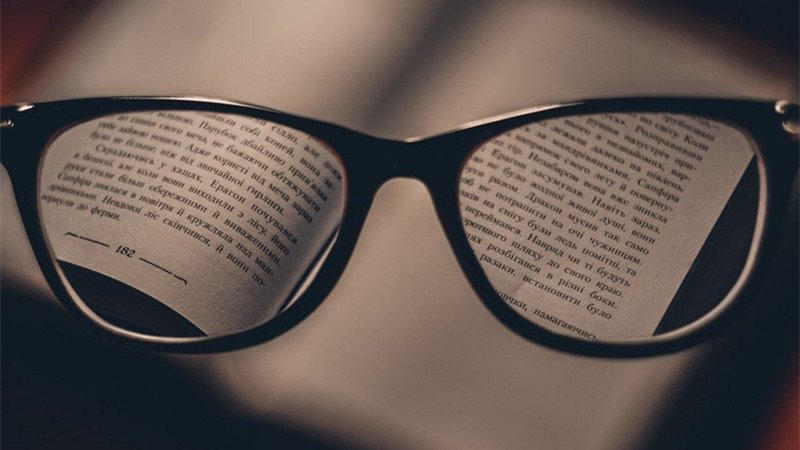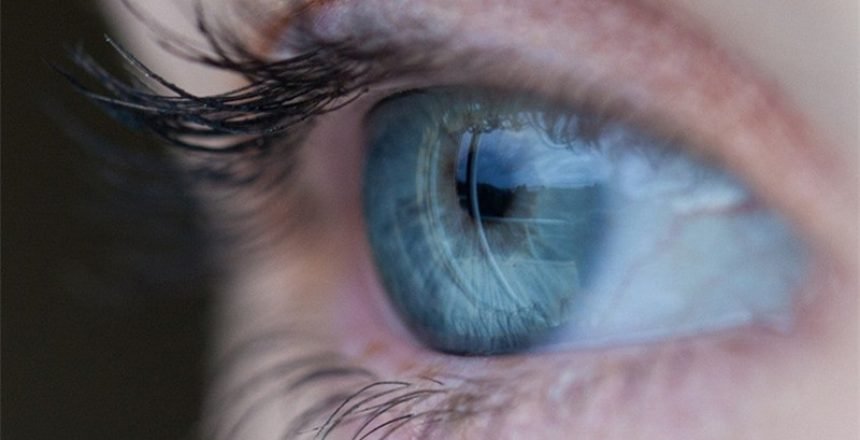Some people are born with poor vision or have poor vision throughout their lives and need vision correction to fix it. You may be familiar with the terms 20/40 or 20/20 vision, but do you know what these ratios mean? It’s actually easy to understand. Let’s take an in-depth look at what 20/40 vision is and everything you need to know about its diagnosis and correction.
What does 20/40 vision mean?

People with perfect or 20/20 vision can see clearly up to 40 feet away. Someone with 20/40 vision can only see fine detail from 20 feet away. For this reason, 20/40 vision is sometimes called nearsightedness.
To correct this problem, you will need to wear glasses with suitable lenses as prescribed by your ophthalmologist.
While 20/40 vision is common, you can easily live with it. However, someone’s vision may be worse. A person with 20/70 vision can only perceive detail at 20 feet, while a person with normal vision can see detail at 70 feet. The lower the visual impairment, the more necessary it is to wear glasses.
How can an eye doctor determine if my vision is 20/40?

An ophthalmologist or ophthalmologist can painlessly check your visual impairment ratio. Some eye labs have a machine called a phoropter that blows a small amount of air into your eye to check you for visual impairment right away.
Most doctors use precise tools to measure your vision and calculate ratios. If you’ve never checked your phone number before, please note the following:
#1. Your doctor may or may not give you eye drops to dilate your pupils. The idea is to let in more light and make your eyes more sensitive to stimuli. This is called a mydriasis test.
#2. Your doctor will cover one eye so they can examine each eye individually. Sometimes one eye can see better than the other.
#3. Your doctor will put you in a glass frame that can carry multiple lenses.
#4. Your doctor will continually adjust or replace the lenses based on your feedback to help you better see the letters and numbers on the blackboard in front of you.
#5. Your doctor will repeat this process until the lenses in your frames help you see 20/20 perfection.
Is this a bad sign?
A vision score of 20/40 isn’t perfect, but it’s not necessarily bad either. You can find a way to live without vision correction. It might make some things, like reading road signs, trickier, though.
In most US states, you need 20/40 vision or better to get or renew your driver’s license. If your score is below 20/40, you may not be eligible for a driver’s license or be required to wear glasses while driving.
Do you need glasses for 20/40 vision?

The word “need” is key here.
If your job or lifestyle requires you to have good vision, you may need 20/40 prescription glasses. But if that’s not the case, it’s up to you.
You should consult an ophthalmologist about your options before making a decision.
What is Optimal Vision?
The ratio of perfect vision is 20/20 because no aids are needed to help you see better. 20/20 vision is when you read the smallest letters on the blackboard at your eye doctor without glasses. It is estimated that only about 35% of adults have 20/20 or perfect vision.
Can anyone have better than 20/20 vision?
It is possible for people to have better vision than 20/20.
The best human vision without binoculars or lenses is 20/10. If you have 20/10 vision, that means you can see details at 20 feet, whereas a person with normal vision can only see details at 10 feet.
Best reported vision is 20/5. Here is an aborigine who can see details from 20 feet away that a person with perfect vision cannot see from 5 feet away. This phenomenon is known as binocular vision or “hawk eye”. Eagles and falcons are born with 20/5 vision, the best of any species in the world.
